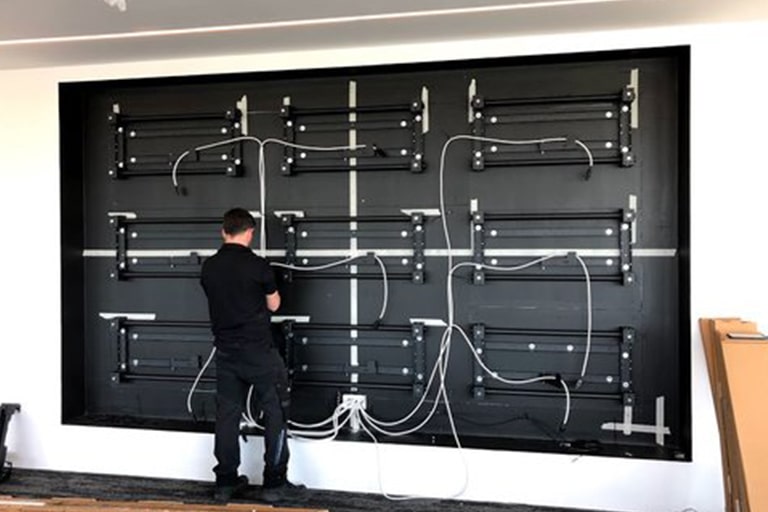Transforming Broadcasting with Cutting-edge Audio via IP Technologies toward a Integrated Future
Transforming Broadcasting with Cutting-edge Audio via IP Technologies toward a Integrated Future
Blog Article
The realm of media is undergoing a significant shift thanks to innovative sound over IP (AoIP) technologies. Such advancements are revolutionizing how audio programming is created, distributed, and received. Audio over IP refers to the approach of sending audio signals over a digital network, using Internet Protocol (IP) rather than traditional analog techniques. This transition not only improves the quality of audio delivery but also provides broadcasters with greater flexibility and authority over their content.
One major advantage of audio over IP technology is its ability to connect multiple devices and systems seamlessly. Classic broadcasting often relied on intricate wiring and tangible connections, which could be cumbersome and restrictive. With AoIP, broadcasters can easily interface mics, audio consoles, and other devices through a common infrastructure. This convergence allows for remote broadcasting and live streaming from almost any place, making it easier to connect with audiences across the world. As a consequence, broadcasters can respond quickly to ongoing issues and audience requests, leading to more dynamic and captivating content.
Moreover, AoIP technology facilitates superior audio formats that enhance the auditory encounter. In contrast to conventional broadcasting techniques, which may compromise sound quality, audio over IP can maintain the integrity of the audio signal throughout the transmission process. This means that audiences can enjoy clearer and more detailed sound, whether they are tuning in via radio, streaming online, or using mobile devices. go to this web-site The ability to deliver high-fidelity audio is particularly crucial for musical and discussion programs, where each detail matters to the audience.
Moreover, the implementation of audio over IP technologies can lead to cost savings for broadcasters. By using existing network infrastructure, organizations can eliminate the need for expensive hardware and extensive cabling. This not only lowers upfront costs but also lowers maintenance expenses over time. Broadcasters can allocate resources more efficiently, investing in content creation and talent growth. As a result, the entire broadcasting industry can benefit from increased innovation and creativity, as funds are redirected toward enhancing programming and interacting with listeners.
In summary, the transition towards audio over IP systems is changing the broadcasting landscape. By enabling smooth links, enhancing audio quality, and reducing costs, AoIP is paving the way for a more integrated future in broadcasting. As media organizations continue to adjust to these developments, they will be more prepared to satisfy the demands of their listeners, produce captivating content, and stay competitive in an constantly changing industry. The prospects of broadcasting is promising, and audio over IP will take a key role in defining the manner in which we interact with audio programming in the years to come.